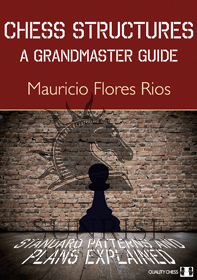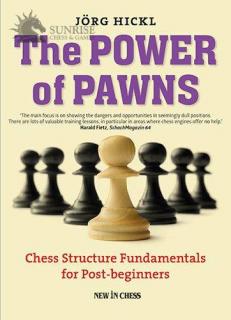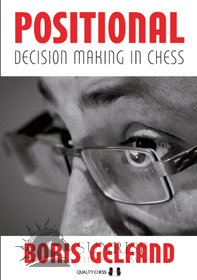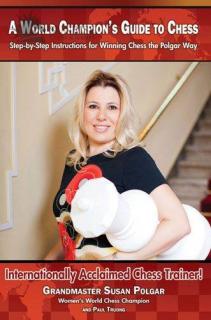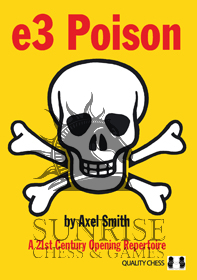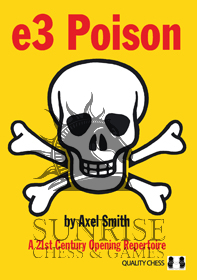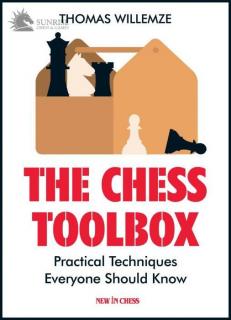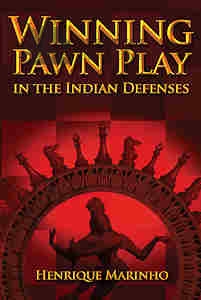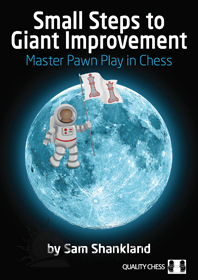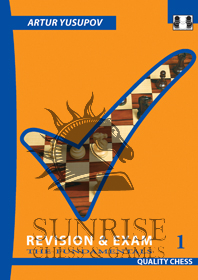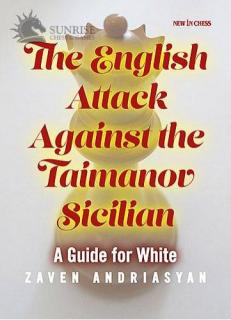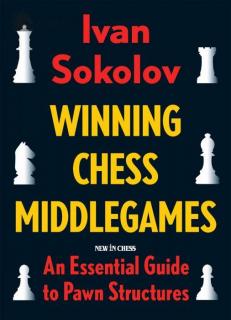
Winning Chess Middlegames: An Essential Guide to Pawn Structures
Finally this modern classic is back in print!
Ever wondered why grandmasters take only seconds to see what's really going on in a chess position? It's all about structures, as Ivan Sokolov explains in this groundbreaking book.
Winning Chess Middlegames addresses the often ignored but extremely important topic of pawn structures, divided into 4 main types: doubled pawns, isolated pawns, hanging pawns and pawn majorities.
With its highly accessible verbal explanations and deep analyses of top-level games, this book helps you to solve the basic problems of the middlegame: space, tension and inititative.
Club players studying Winning Chess Middlegames will:
-- greatly enhance their middlegame skills
-- develop an accurate feeling as to which particular positions suit their style
-- acquire new strategic and practical opening knowledge
Ivan Sokolov explains matters profoundly, honestly and objectively, and includes lots of inside stories from top-level chess, neither sparing his collegue grandmasters nor himself in his comments.
GM Michael Adams:
"This structured approach is quite instructive as often players choose their opening repertoire according to quite haphazard criteria, randomly picking up lines without giving serious consideration to how the resulting middlegames would suit them."
Dennis Monokroussos, ChessToday:
"Sokolov covers his material deeply, offering not glib generalities but very specific insights and explanations. Great Games, marvellous analysis."
Martin Rieger, FreeChess:
"I recommend this book to everyone who, coming out of the opening more or less ok, doesn't know how to proceed."
IM John Watson, The Week In Chess:
"Terrific instructional content and great games."
3-Times British Champion GM Jonathan Rowson:
"The author skilfully unearths the main ideas and pivotal moments in structures that continuously recur. I like his verbal notes which tend to be very clear and, indeed, instructive."
IM David Vigorito, ChessCafe:
"'A pioneering effort from Ivan Sokolov that will benefit players of all levels, including masters."
Sean Marsh, CHESS Magazine:
"The lucid and informative explanations convey a large amount of genuine Grandmasterly wisdom. This is easily one of the best middlegame books of recent times."
IM John Donaldson:
"Using 45 model games, which includes a nice balance of analysis and prose, Sokolov explains the pros and cons of each structure. A great book"
Johan Hut, Gooi en Eemlander:
"A major achievement by Sokolov. Where opening books stop, this book continues"
The Judges of the ECF Book of the Year Award:
"Sokolov, who writes clearly and directly, shows the kind of tactical and strategic play appropriate to a wide range of middlegame pawn positions."
ChessVibes:
"I recommend it to anyone interested in Nimzo-Indian and Queen's Gambit pawn structures - which should be pretty much everyone interested in chess, of course. The book contains fantastic, personal and sincere views of chess and game analysis"
Max Euwe Center, Amsterdam:
"An extraordinarily instructive book and indipens
Ivan Sokolov was born in Bosnia in 1968. He was Yugoslav champion in 1988 and Dutch champion in 1995 and 1998. In his rich career he has beaten world champions Garry Kasparov, Vladimir Kramnik and Viswanathan Anand.
- Sklep: Sklep Szachowy: Szachy, Figury, Zegary, Książki, GRAWEROWANIE LASEROWE! - Polski Producent szachów e
- Kategoria: KSIĄŻKI SZACHOWE/KSIĄŻKI - PO ANGIELSKU
- Dostępność: na pytanie
- Zaktualizowany: 28.10.2024
- Cena: 133.00 zł
